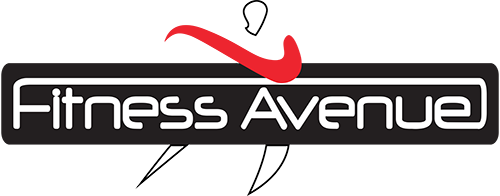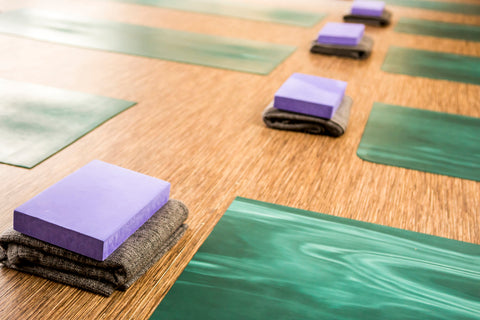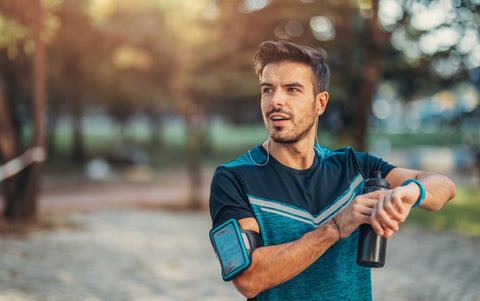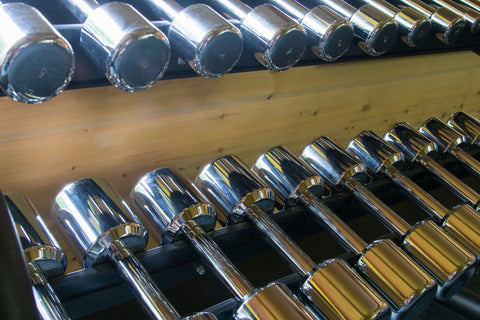Yoga is a terrific exercise that can help you relax, get fit, and develop flexibility you never thought you had. While you can get into yoga without having to buy much equipment at all, certain yoga accessories and options provide you with many ways to enhance your experience. Let this article serve as your guide to the wonderful world of yoga, explaining how to get the most out of the many amazing exercise options that it has to offer.
What is Yoga?
Yoga encompasses a wide variety of different exercises that promote a better sense of mindfulness, meditation, and overall wellness. While there are many different varieties of exercises under the yoga umbrella, all of them have certain things in common. Yoga uses breathing techniques to control your levels of stress and the pace at which you engage in the exercises. It involves the use of stretching exercises that improve flexibility and build muscle. Finally, yoga also includes meditation techniques that allow your mind to get in sync with your body. All of these factors work at their very best if you use yoga equipment that ensures comfort and easy mobility while you exercise.
What are the Health Benefits of Yoga?
As an exercise, yoga can be used by those both young and old to relieve stress and promote a healthier lifestyle. Yoga improves flexibility and aligns parts of your body like your hips and spine. This makes it ideal for people who don’t normally stretch enough or who need more flexibility. The exercises involved in yoga have also been proven to help people deal with back pain, arthritis, and carpal tunnel syndrome. Finally, the meditative aspects of yoga allow people to lower their blood pressure and reduce their overall stress levels. All of these benefits add up to an exercise method that provides benefits both to young people seeking to prevent chronic pains and to older individuals who wish to lessen the aches and pains that come with age.
What Do You Need for a Yoga Class?
If you sign up for a beginner yoga class, you might not have to bring much in terms of equipment as many of the essentials may already be provided for you. However, if you plan to devote yourself to yoga as a hobby or exercise routine, you should consider seeking out the following:
- A yoga mat
- A mat towel
- Some yoga rollers
- A set of yoga straps
- A yoga ball
Each of the things you need for yoga is discussed in more detail below.
What to Look for in a Yoga Mat
Since most yoga happens on a floor or other hard surface, yoga mats provide you with valuable cushioning that can make sure that you enjoy your exercises in comfort. There are many different shapes, styles, and textures for yoga mats, and matters of color and design are up to your individual preferences. At the same time, you should prioritize certain features in your yoga mats. This includes thickness, as the average mat can be between 2 and 8 millimeters thick. You should choose an option that fits into your carrying case easily but which also provides you with enough cushioning to be comfortable. You should also consider the level of stickiness you want in a yoga mat. A very sticky mat helps keep you from sliding around, making it ideal for beginners.
The material your yoga mat is made out of will determine many other factors, including stickiness and eco-friendliness. Many yoga mats are made out of rubber, so make sure that you choose a mat that was crafted out of recycled rubber to help the environment. All-natural materials are not only good for Mother Earth, but they reduce the chance that your mat has an allergen or irritant in it, which might decrease your comfort level during exercises. The material you choose should also be something that is easy to wash between sessions—going too long without washing your mat can leave you feeling itchy and uncomfortable after a session.
What to Look for in Yoga Rollers
Yoga rollers provide a dual purpose. During an exercise, they can provide a level of instability that makes balancing more challenging. This is an excellent way to build up into more advanced yoga techniques, using the rollers to add challenge once you have mastered a compatible exercise. After the yoga session is over, you can use a yoga roller to help relax and massage your muscles, loosening them up in the process. Yoga rollers come in many different sizes and can be made from virtually any material. As with yoga mats, think about environmental friendliness when choosing your rollers. You should also choose a size that you are comfortable with—usually something shoulder-width or larger.
The most important aspect of a yoga roller is density. A roller that is too soft leaves you sinking into it, which negates its ability to lower stability. A roller that is too hard might hurt your back and shoulders when you use it, which would negate many of the health and relaxation benefits that yoga has to offer. For beginners, it’s probably best to choose yoga rollers of medium firmness. After a few sessions, you can figure out if you want something softer or harder. The best cross-section of quality and cost for yoga rollers comes from products that use high-quality foam. These rollers can last for years even if you use them several times each week.
What to Look for in Yoga Straps
Yoga straps serve as very useful yoga accessories for beginners, as they can teach you the proper form behind the poses in a wide range of exercises. The use of a strap helps to bind the movement of your arms or feet to your shoulders and back, making sure that you don’t overreach or tense your shoulders too much during an exercise. For exercises that focus on balance and inversion, you can also loop the strap around your arms to keep them from getting too far apart. The more you use a yoga strap during the beginning of your exercise journey, the more effectively you train your muscle memory. This pays off when you move onto more advanced exercises that require a greater degree of precision.
When buying these yoga accessories, you should focus primarily on durability. You can expect your yoga strap to go through a lot of strain and repetition. To that end, most of them are made with sturdy cotton webbing that can hold 200 kilograms or more without breaking. You also need to consider the cinch that comes with the strap. The cinch should hold the strap tightly and keep it locked even when you are fully extending and putting the most strain on the yoga strap. A metal or high-quality plastic D-ring cinch is probably best for beginners. This keeps the strap in place and prevents it from getting twisted during an exercise.
What to Look for in Yoga Balls
Like yoga straps, yoga balls are useful tools for beginners that help your muscles learn the essential poses needed for successful yoga exercises. These balls are often large but soft, made of durable rubber, and capable of supporting the weight of a grown adult. You can use the ball for spacing purposes, placing it between your arms and feet to make sure that you have your positioning right. Its primary purpose, however, is balance. Positioning yourself on a yoga ball helps to align your hips and spine with the needs of an exercise. It also gives you a little bit of instability, which helps build your core muscles.
When you shop for yoga balls, make sure that whatever product you decide upon is burst-resistant. Failure to buy a burst-resistant stability ball can lead to a very unpleasant surprise when it suddenly leaks or pops when you are in the midst of an exercise. In terms of size, most yoga balls range from 45 to 85 centimeters in diameter. You should choose a smaller ball if you are shorter and a larger ball if you are taller. Ideally, you should be able to comfortably position the yoga ball between your knees when lying on the floor.
Do You Need Yoga Footwear?
Shoes are an essential purchase for most physical fitness activities. But most yoga exercises don’t use footwear at all. Why is yoga done barefoot? Working with bare feet allows you to strengthen and stretch every muscle in your foot. This provides better balance and stability for exercises. If you don’t want to go barefoot, you can opt for a comfortable pair of socks. However, yoga does not use shoes.
Yoga comprises many different exercises, and those exercises can be enjoyed by both beginners and seasoned veterans. If you are just getting started with yoga, keep the guidelines above in mind. Beyond that, just show up to a workout with a mat, a towel, and a positive attitude. That last element is perhaps the most important thing you can bring to a yoga class.



